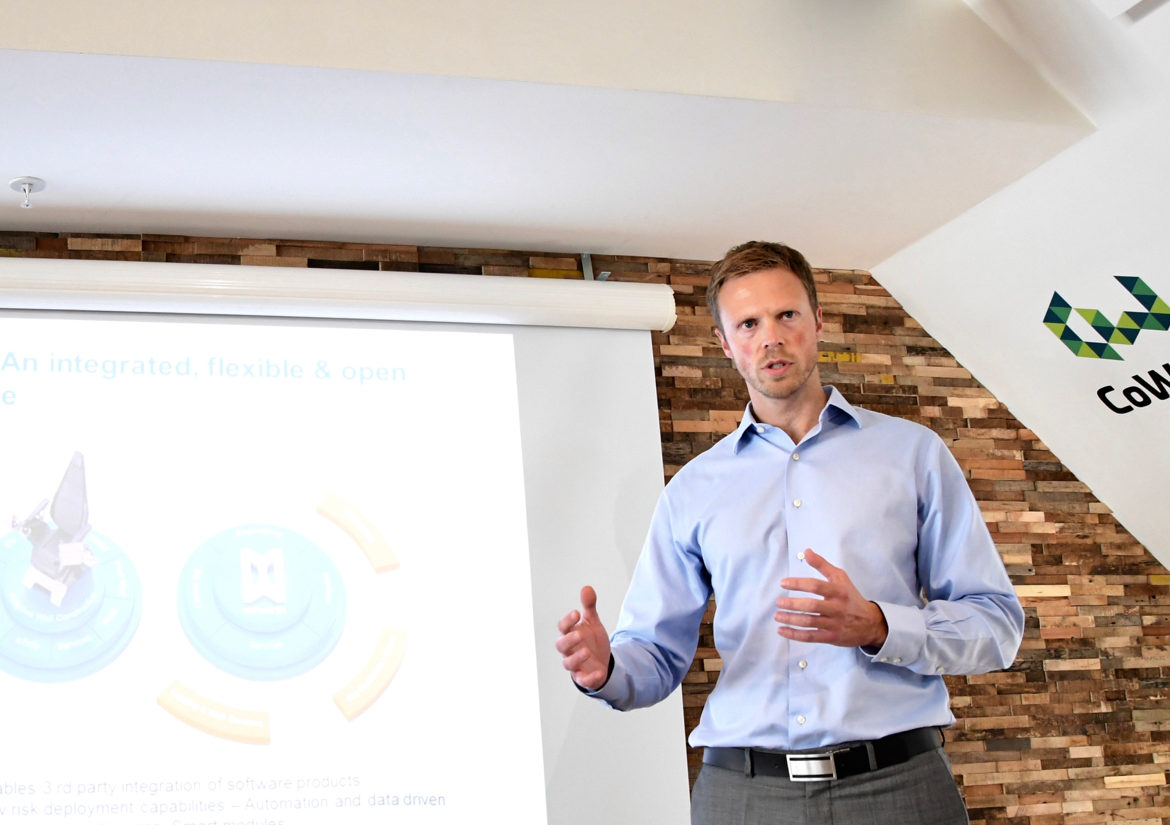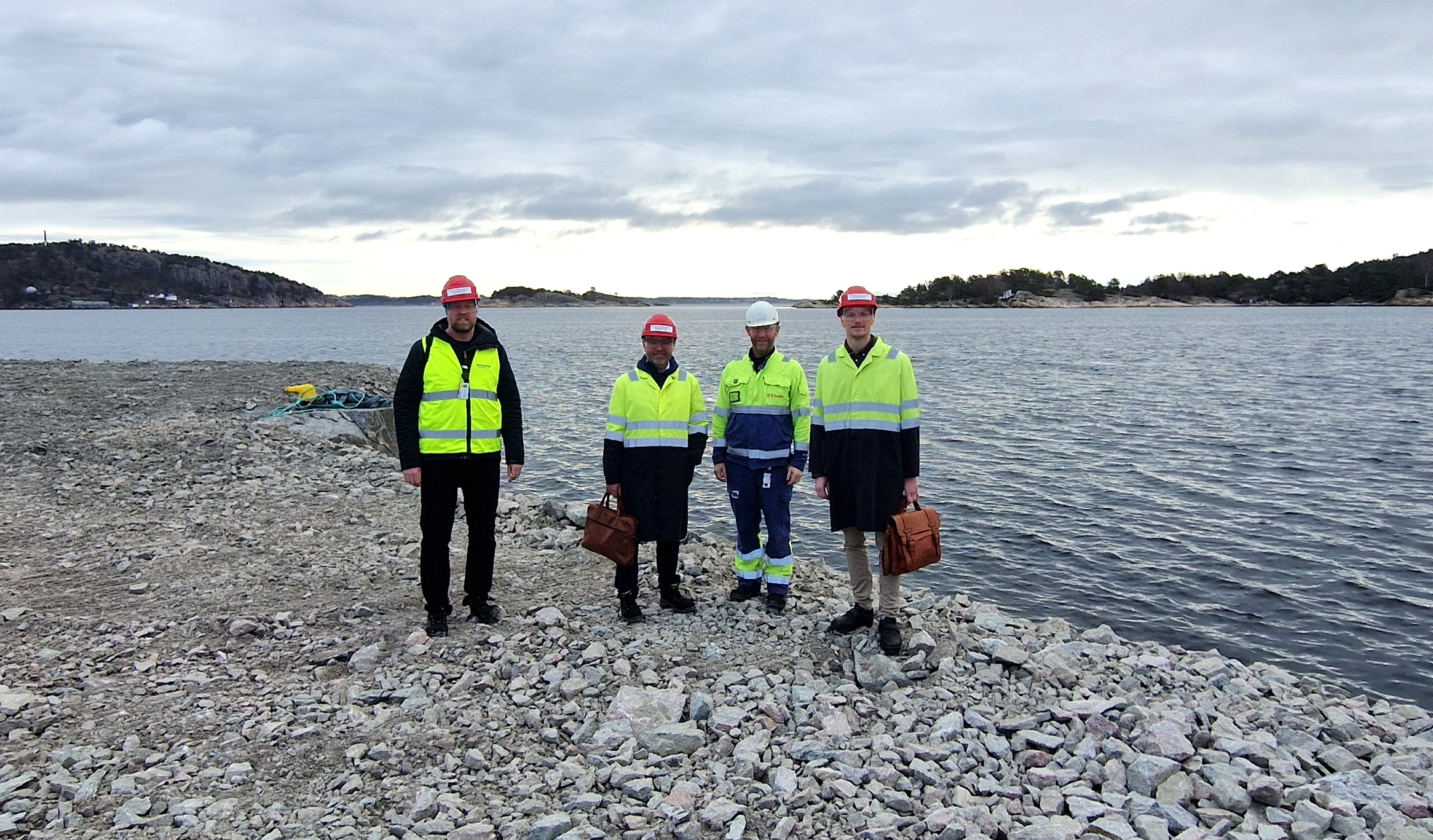HMH is a premier drilling solution provider coming out of the merger combining MHWirth, a leading offshore drilling solution provider, and Baker Huges SDS, a leading subsea pressure control provider.
“Sustainability in our industry is all about contributing to lowering emissions per barrel produced. In other words, we must ensure that oil and gas is extracted and transported as efficiently as possible,” says Pål Skogerbø, heading up the initiatives in HMH.
The company’s approach to a more sustainable oil and gas production is to offer leading technology and services that make drilling operations more efficient, and thus contribute to less energy consumption and reduced CO2 emissions for their customers.
AUTOMATION OF REPETITIVE PROCESSES
“The environmental footprint of a drilling rig is largely related to time. If we can complete drilling of a well in say 60 days instead of 90 days, we will contribute to a significant fuel reduction and thus less emissions per barrel produced – not to mention large cost savings,” says Skogerbø.
HMH has developed tools for automation of repetitive processes on the drillfloor, such as automated tripping with CADS. CADS by HMH is a system that helps achieve increased performance and consistency by reducing the human factor in repetitive tasks and preventing human errors. Another system – Drillers Assist – responds automatically to avoid unplanned, costly incidents in the well operation.
HYBRID SOLUTIONS
Innovation initiatives to reduce the overall environmental footprint of drilling operations also include hybrid solutions, which again reduces fuel consumption per time unit.
“Hybrid solutions, which includes battery technology, allows for a more efficient conversion of diesel to electricity. With batteries, we manage to stabilize the load on the generators. Generators are typically most efficient when operating stable at above 60 per cent capacity. Whenever more or less power is needed for a short period of time, the batteries flatten the generator curves by utilizing surplus power for charging, and by supplying extra power when needed. As a result, fuel consumption is typically reduced by 10-15 per cent, as are CO2 emissions,” says Skogerbø.
DIGITAL WORK PROCESSES
Digitizing of work processes on drilling rigs is yet another way to save time, cost and reduce the environmental footprint. By including all systems and work processes in the same digital system, efficiency increases and emissions are reduced.
«Digitizing information flow and work processes allows for more systems to be remotely supervised and controlled. Thus, experts do not necessarily have to be present on the rig. This is a recent initiative called beAware that has yet to be rolled out, but we currently have solutions in pilot. We see a potential for reducing staffing on the rigs by up to 30 percent, which will of course have major environmental benefits,” says Skogerbø.
Digitization and automation have been high on the HMH agenda since 2014. The last couple of years clients have become increasingly more interested, as a result of increased focus on ESG (Environmental, Social, Governance).
“We believe that companies, such as HMH, that support customers improve their ESG profile will have a competitive advantage. We are at the point where ‘doing the right thing’ is also good for business,” says Skogerbø.



